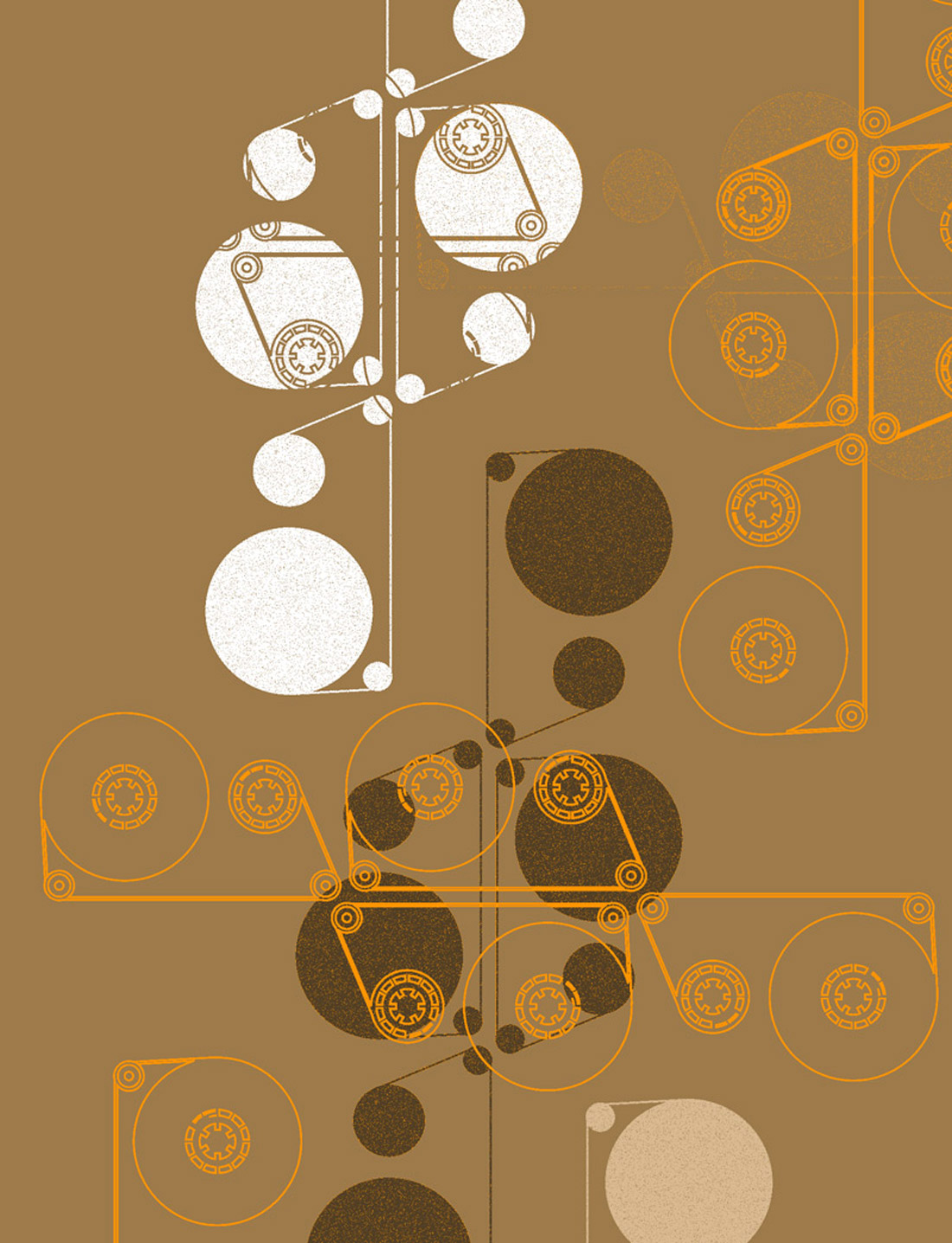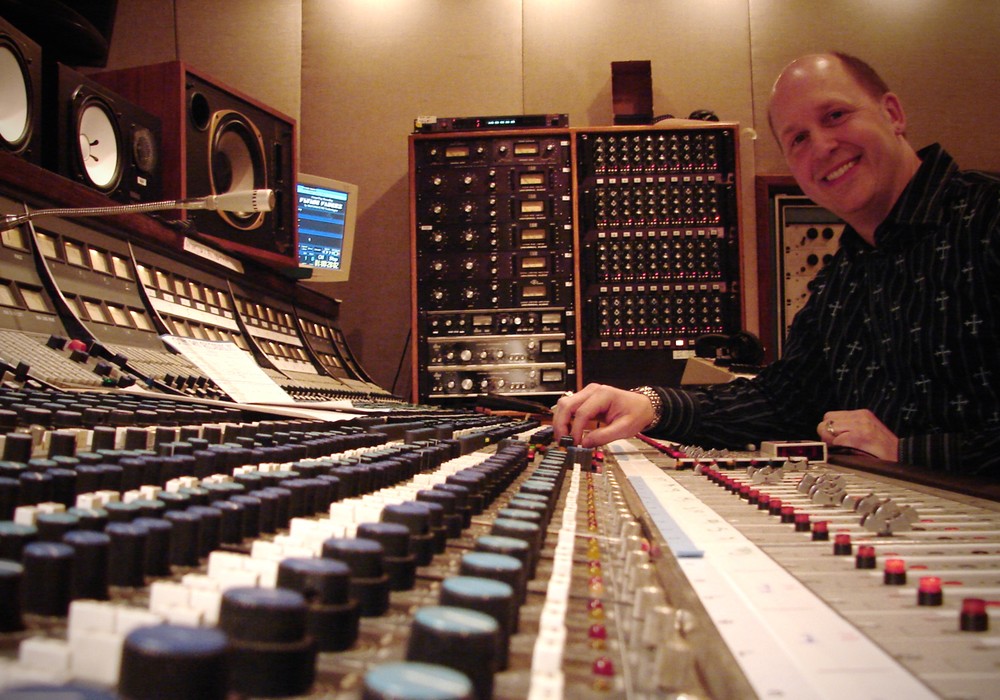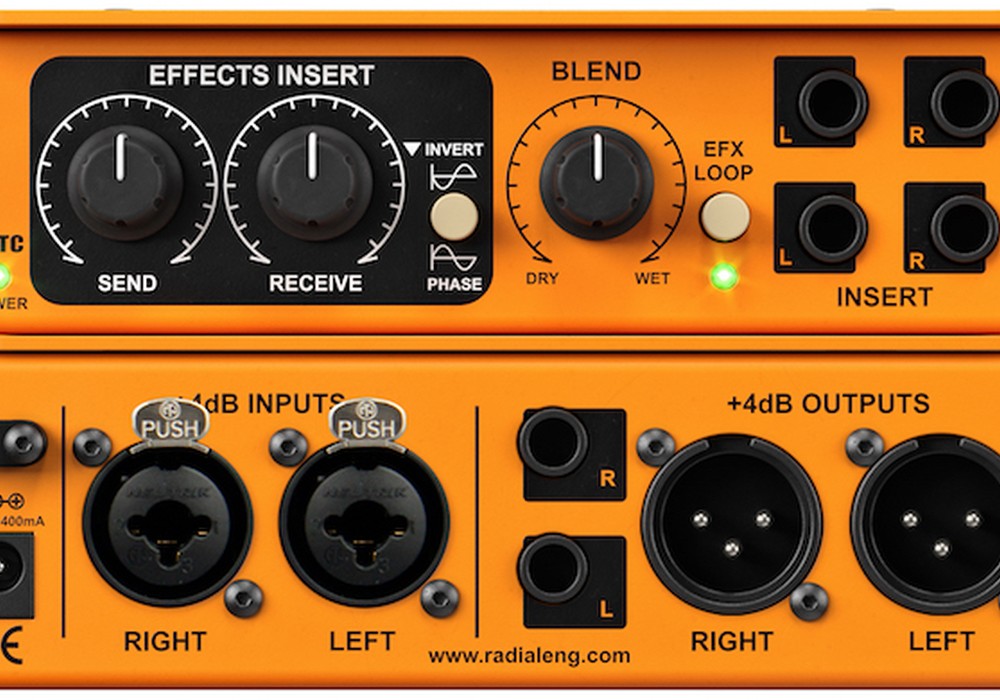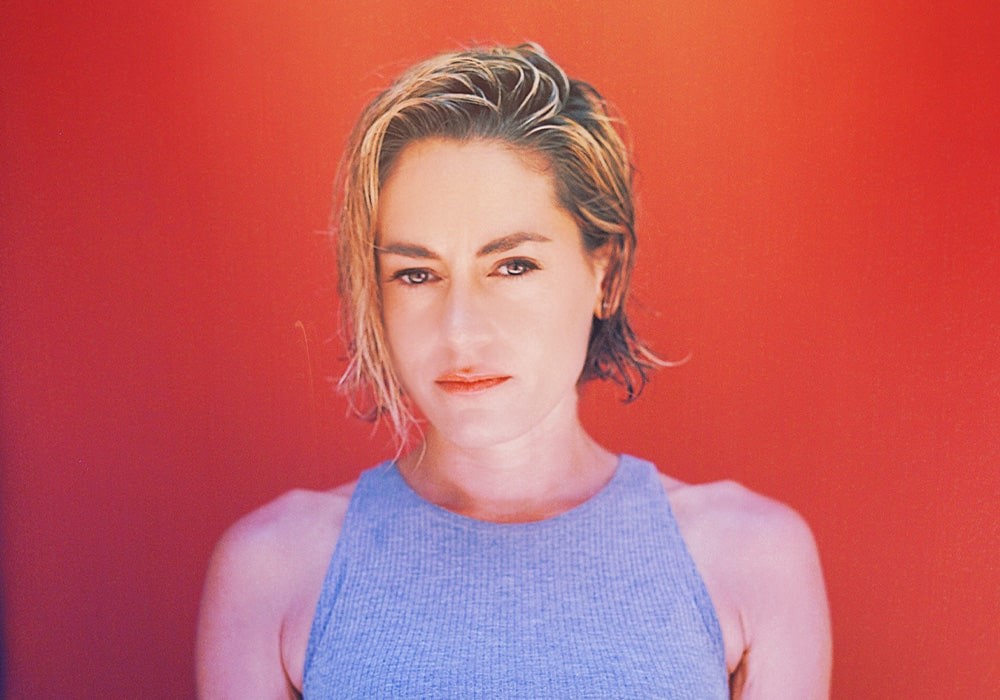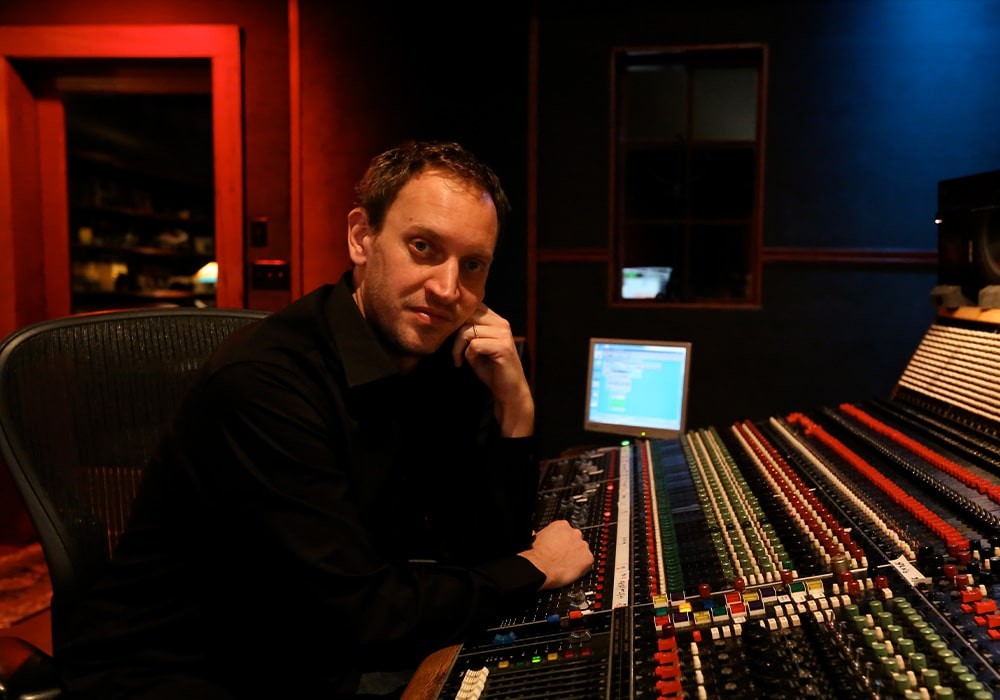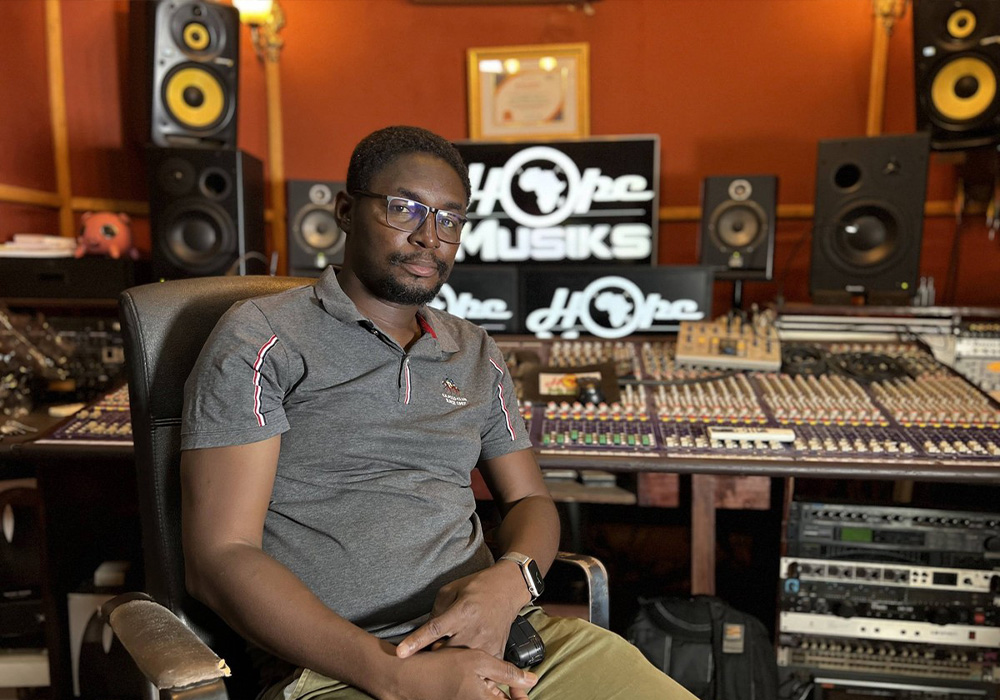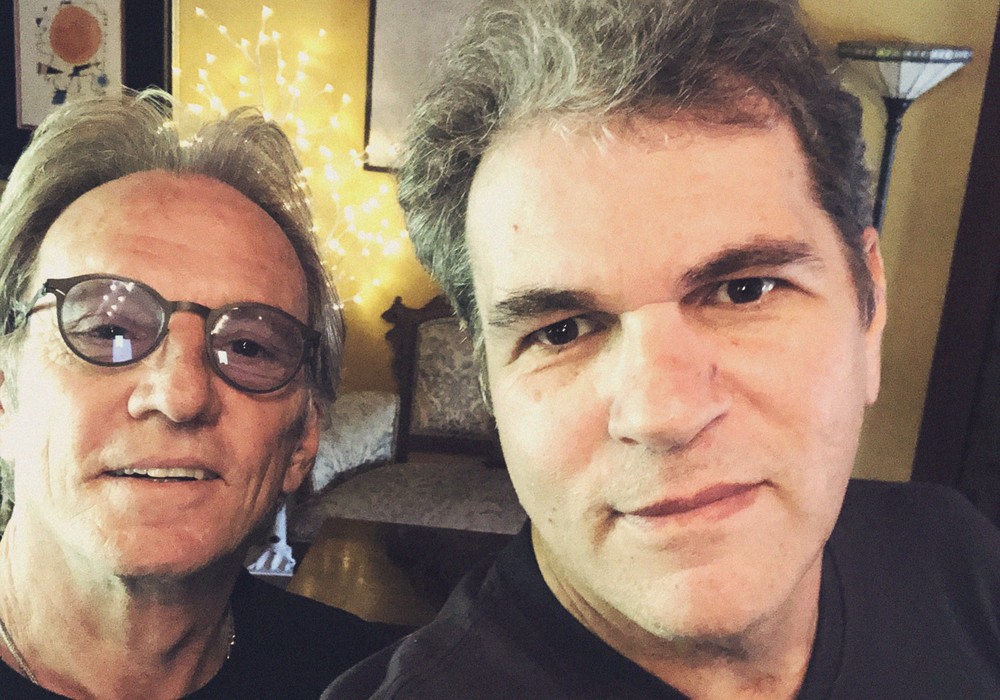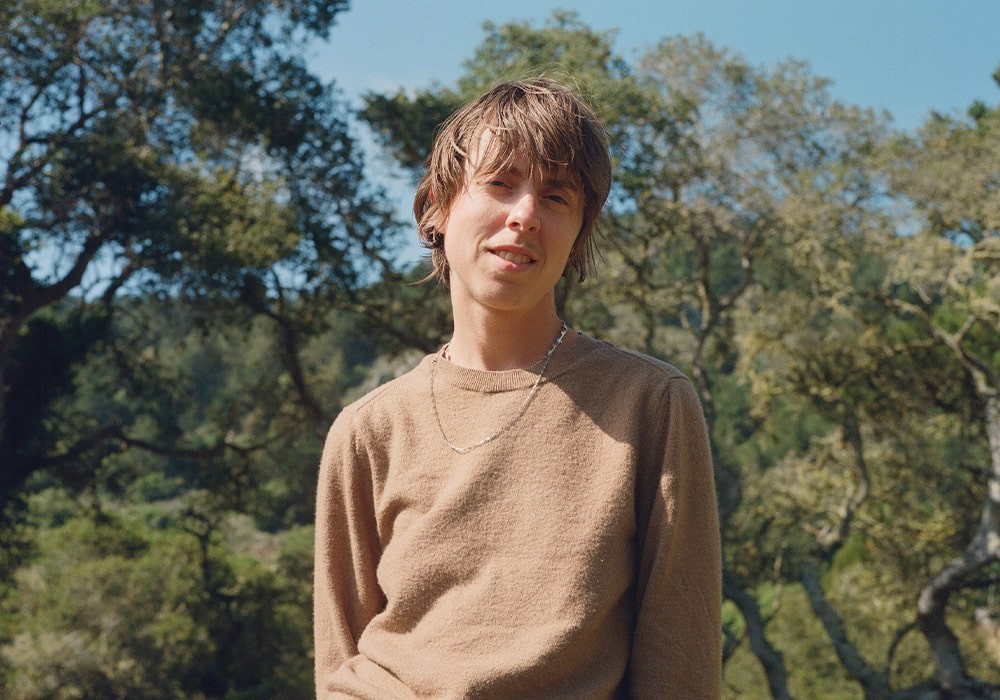Scott Litt is perhaps best known as the producer of six of R.E.M.'s most successful albums, including Out of Time and Automatic for the People. He's had something of a golden touch, both as a producer — with Katrina and the Waves (and the perennial "Walking on Sunshine"), The Indigo Girls, The Replacements, Juliana Hatfield, Days of the New, Incubus, The Getup Kids, Patti Smith, Ziggy Marley and Crystal Method — and as a mix engineer for Counting Crows, Nirvana, Matthew Sweet and Hole, to name a few. He's also the driving force behind an educational recording facility at the Boys & Girls Club of Venice, to foster a creative environment for a next generation of artists and producers. I fist met him in 1980 when, as a new staff engineer at NYC's Power Station, he mixed some songs for my new band The dB's. He was clearly a cut above anyone we'd been involved with, and we were pleased when he agreed to produce our next record, Repercussion. I've continued to work with him off and on through the years, and every time it's been a great master-class learning experience for me. He's now built a recording and mixing space in Venice Beach, California, and is still mixing and producing.
How did you get the bug that this might be something you'd like to do?
I took a class through The Free School in Boulder, Colorado, which was kind of like The New School [in NYC]. The class was in modern recording techniques. The book called Modern Recording Techniques (by Robert Runstein) was the manual. After I took that class somebody that was involved with it knew of a job in this studio — I think maybe one of the classes might have actually been at this particular studio in Denver. I was offered a job through them, and I quit school to take it. I remember lying awake that night thinking about it — I had moved from New York to Boulder to establish residency to go to college, and I had just started.
You must have really felt a connection with it to do that.
Well, I was a math guy a little bit in school, but once I got to the college level I knew that I could be a math teacher, if I was lucky. I really had just gotten involved in hearing music on that kind of level. The idea of making it seemed like a great career thing, and like a lot of fun. I guess I could have easily been a roadie. I was in this 8-track studio for two years — from '76 to '78 — and it was really about
learning, editing, voiceovers, some jingles and being quick. It was a great experience. Paul Vastola was the chief engineer. I was his assistant, and he was a great teacher.
You were doing razor-blade edits?
It was a 1-inch, 8-track Ampex 440. We had an Ampex 440 2-track for stereo, but we had a mono [deck]- I think it was a 350 or 351, with the medal headgate with the little knob on it that you'd pull off. You learned how to align it — you would record to 1/4- inch, full-track mono. That's the best it gets, you know? I learned on that stuff. The summer of '78 I moved back to New York. In the late '70s there were no technical academies or schools to learn the basics of engineering — the only way to really learn was to do an internship. It was all about the particular studios and their pedigrees. There were famous studios in England, New York and Los Angeles that had unique sounds to them. What you hoped to do was catch on as an intern. The other way that I discovered was to go to the phone book, and that's what I did when I first moved back to New York. I started in the As, and AAA had no answer, and then A-1 [Sound Studios] answered, and I got in for an interview. A-1 was the studio of Herb Abramson — one of the founders of Atlantic Records. There was an echo chamber that was his daughter's bedroom. Herb Abramson and Ahmet Ertegun had decided to part their ways, so he took the equipment and a couple of the R&B and comedy acts. A-1 Sound was on Broadway next to the Beacon Theater. I remember going there for the interview and seeing these tape boxes — Patti Smith and David Johansen — I had been getting into Talking Heads, who were my favorite band. It was a real cheap place after what I had been used to. People would pay in cash. I was at A-1 for about six weeks or so, as I realized what the heck was going on there. The tapes for Patti Smith and stuff were sort of an aberration. We did some crazy stuff recording and project-wise. Since the Talking Heads were one of my favorite groups, and their first record [Talking Heads: 77] was recorded [by the guys that started] Power Station, I looked up where that was and I went over to ask for a job. That was October of '78.
You walked into Tony Bongiovi's office to ask for a job?
I put on a white shirt and I went to Power Station. When the building had been bought, it was a Con Edison power station,...
